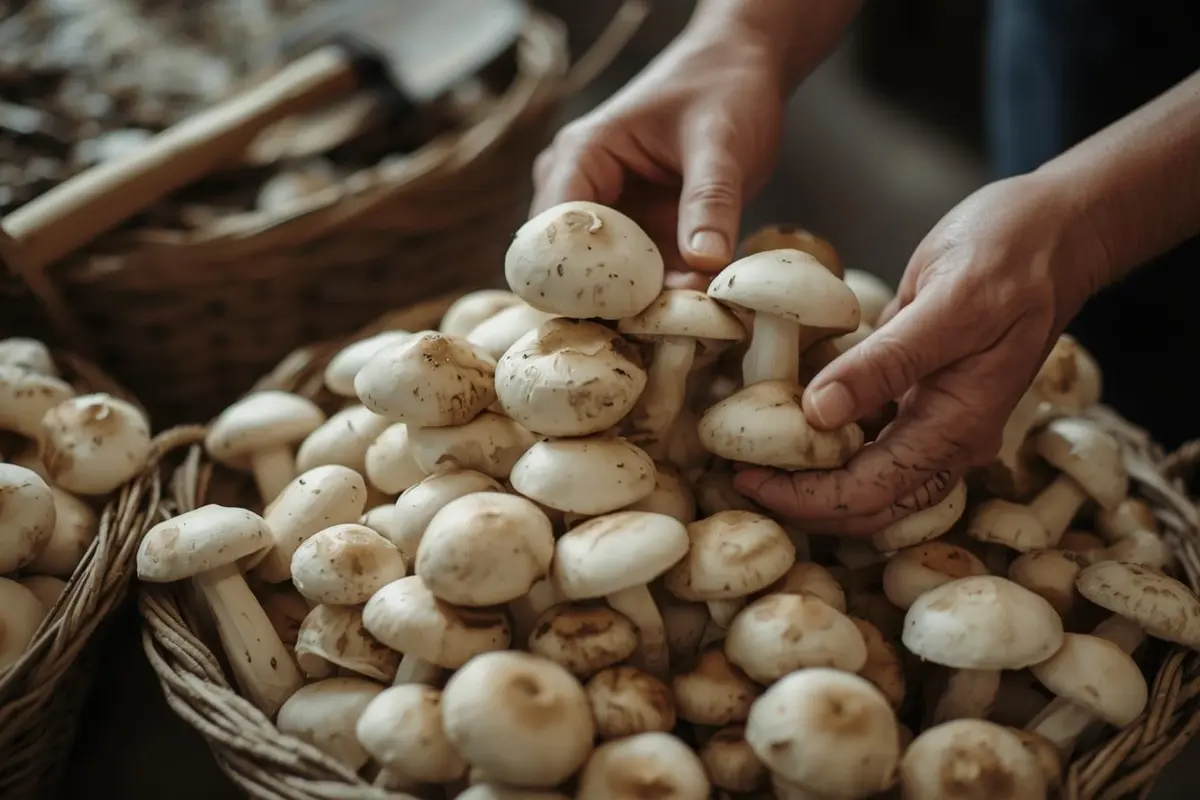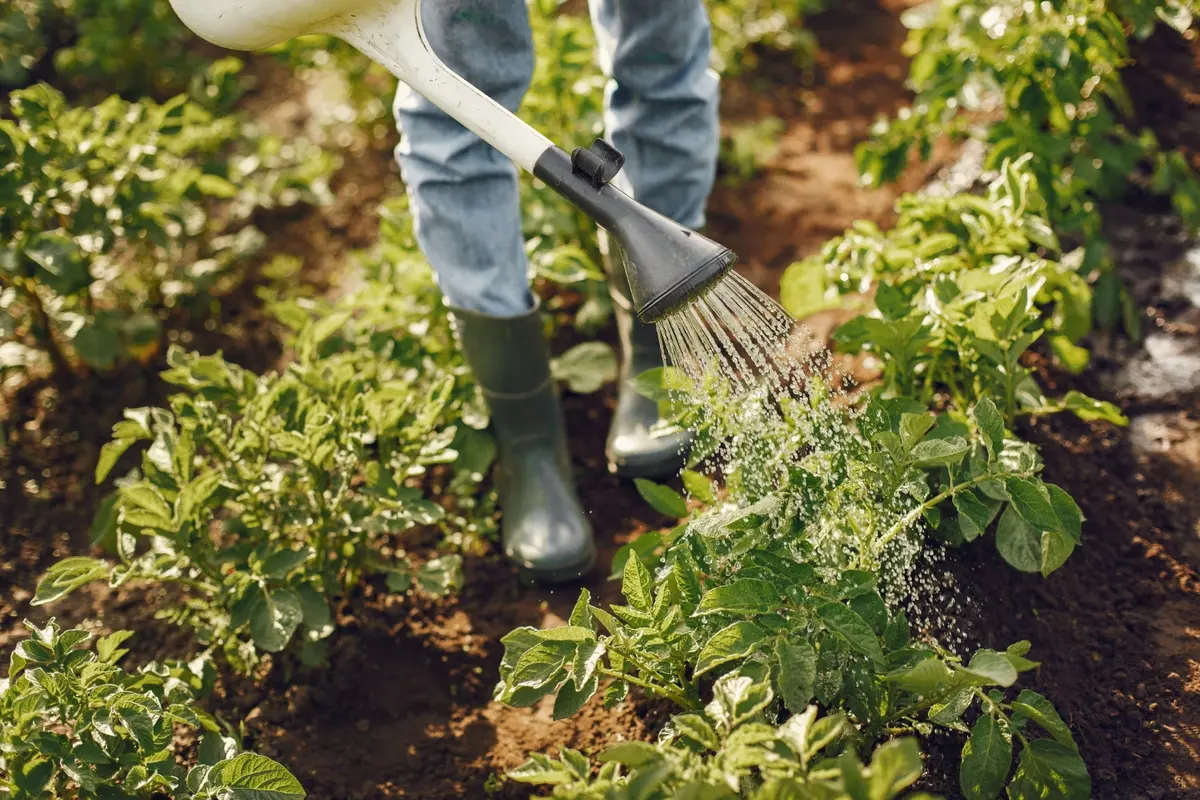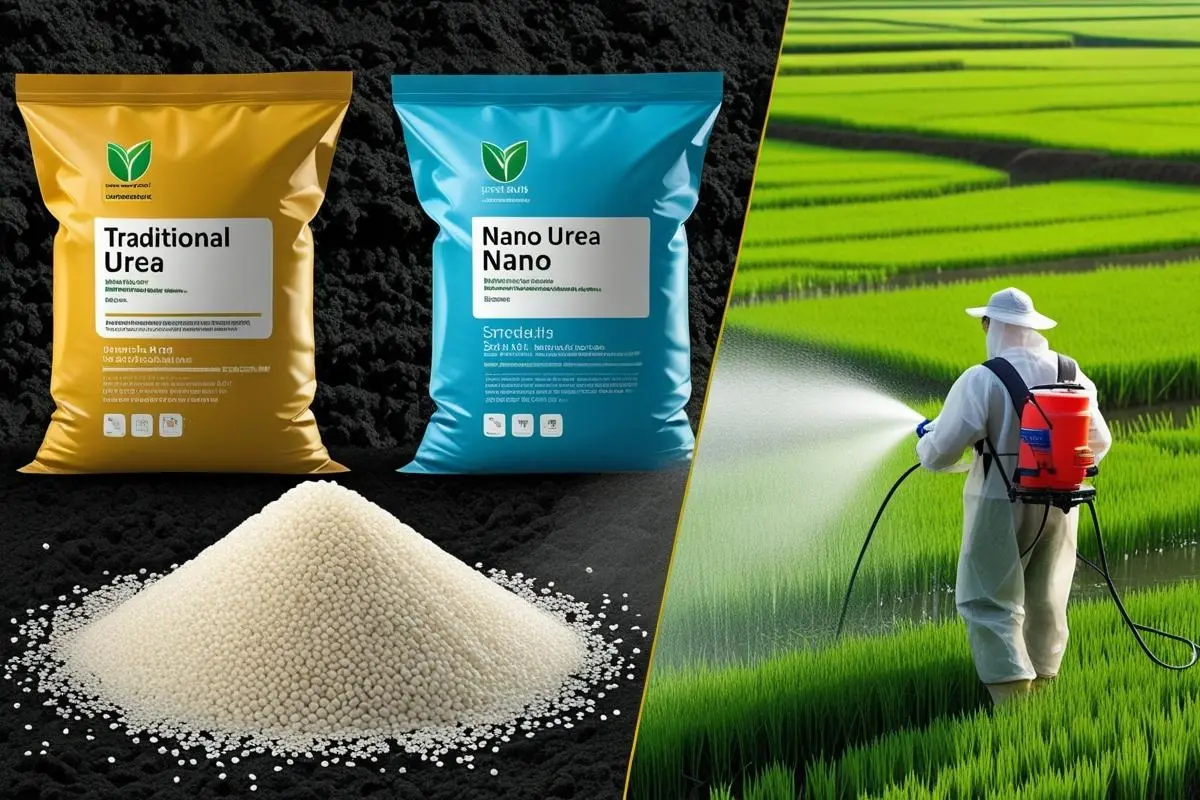Looking for a money-making agribusiness idea that doesn’t need much investment or land? Starting a small-scale mushroom farming business can be the perfect option for beginners and small farmers. Mushrooms are rich in protein, vitamins, and minerals, making them highly popular in households, restaurants, and the health food industry. With the growing demand and easy growing methods, mushroom farming can provide a reliable income all year round.
Table of Contents
Why Start a Small-Scale Mushroom Farming Business?
Mushroom farming is considered one of the most rewarding ventures in agriculture. Unlike conventional crops that require extensive land and significant investment, mushrooms can thrive in a compact space, like a small room, shed, or even a basement. Here are the main reasons why mushroom farming presents a great business opportunity for small-scale farmers, homemakers, and entrepreneurs.
Low investment, high profit: Setup costs are minimal compared to traditional farming.
Year-round production: Mushrooms can be cultivated in all seasons with controlled conditions.
High demand: Both urban and rural markets are expanding as people become more health-conscious.
Sustainable farming: It uses agricultural waste like straw, husk, or sawdust as substrate.
Types of Mushrooms Suitable for Small-Scale Farming
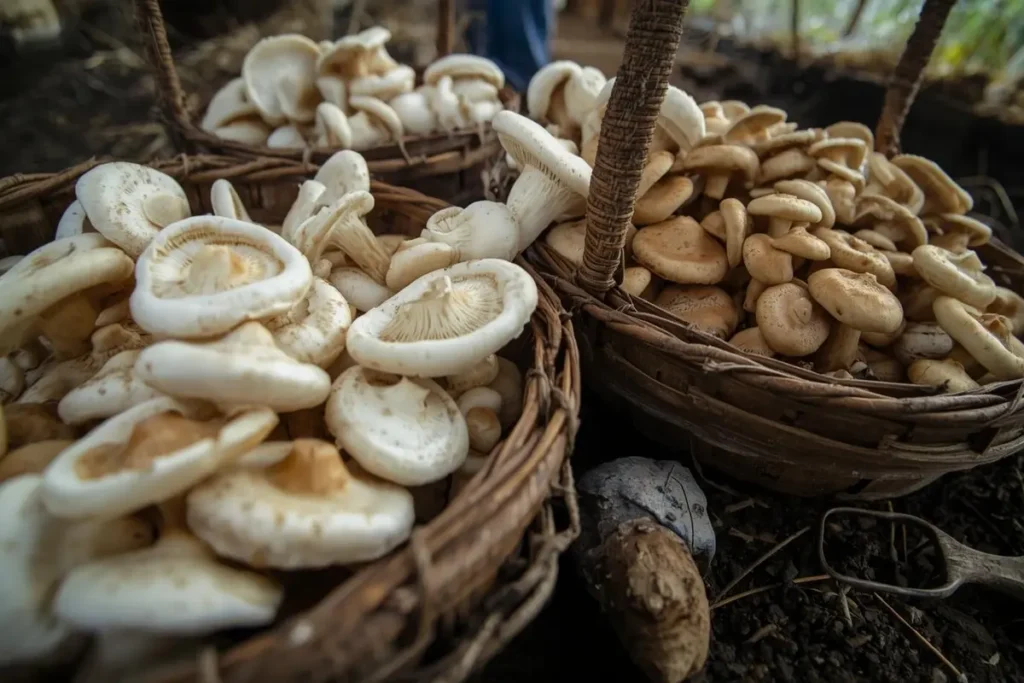
Before starting, it’s essential to choose the right mushroom variety depending on climate, demand, and available resources. Selecting the right type ensures better yield and profitability. Popular varieties include:
Button Mushroom: The most widely consumed type, ideal for urban markets.
Oyster Mushroom: Easy to grow and highly profitable with low production costs.
Shiitake Mushroom: Gaining popularity for its medicinal properties and unique flavor.
Milky Mushroom: Suitable for warm climates and good for beginners in tropical regions.
Requirements to Start Mushroom Farming
You don’t need a lot of land or fancy gear to kick off a small mushroom farming business. Just a few basic setups will let you start growing mushrooms on a small scale, and you can always expand later. The basic requirements include:
Space: A small, dark, and well-ventilated room or shed is enough.
Humidity and Temperature: Mushrooms thrive in 70–90% humidity and controlled temperature (15–30°C, depending on the variety).
Mushroom Spawn: This acts as seed material for cultivation.
Substrate: Wheat straw, paddy straw, sawdust, or composted manure.
Hygiene: Proper cleanliness is essential to prevent contamination and pests.
Step-by-Step Process of Mushroom Cultivation
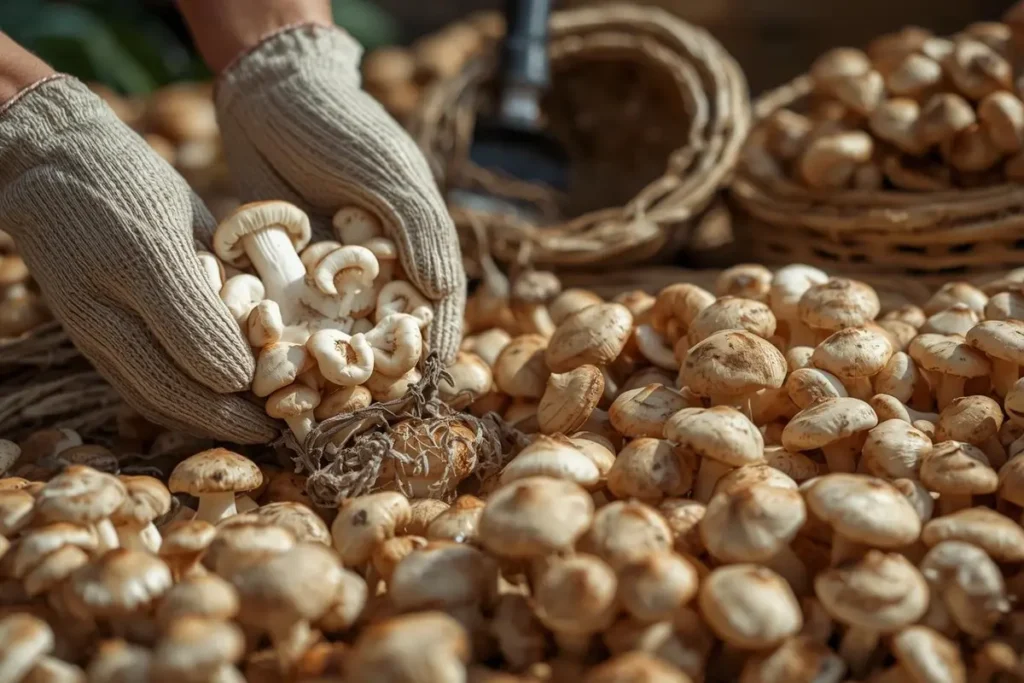
Preparing the Substrate: Use agricultural waste like straw or sawdust, cut it into small pieces, and soak it in water.
Sterilization: Heat or steam the substrate to kill unwanted bacteria and fungi.
Spawning: Mix mushroom spawn into the cooled substrate and pack it in polythene bags or trays.
Incubation: Keep the bags in a dark, humid room until the white mycelium spreads completely.
Fruiting Stage: Once mycelium is ready, expose it to fresh air and light to trigger mushroom growth.
Harvesting: Mushrooms can be harvested within 20–45 days, depending on the variety
Marketing and Selling Your Mushrooms
Producing mushrooms is only half the work; successful selling ensures profitability. Some marketing ideas include:
Local vegetable markets: Supply fresh mushrooms directly to consumers.
Hotels and restaurants: High demand for button and oyster mushrooms.
Online platforms: Sell through grocery delivery apps or your own e-commerce website.
Value-added products: Dried mushrooms, mushroom pickles, and mushroom powder fetch higher prices.
Common Challenges and How to Overcome Them
Pests and diseases: Maintain hygiene and proper sterilization to prevent contamination.
Climate control: Use humidifiers, fans, or simple techniques like wet gunny bags to maintain conditions.
Market fluctuations: Explore multiple selling channels to reduce risks.
Limited knowledge: Take short training courses or learn from agricultural universities.
Tips for Success in Mushroom Farming
- Start on a small scale and expand gradually as you gain experience.
- Keep detailed records of expenses, yield, and profits.
- Choose mushroom varieties with high local demand.
- Stay updated with new farming techniques and government schemes.
- Network with local farmers and join mushroom farming groups for support.
Conclusion
Starting a small-scale mushroom farming business is one of the most profitable and sustainable opportunities in modern agriculture. With a low initial investment, little space required, and a growing market demand, it can serve as an excellent income source for newcomers, farmers, and entrepreneurs alike. By following proper cultivation techniques, maintaining hygiene, and exploring smart marketing strategies, anyone can turn mushroom farming into a successful venture.

